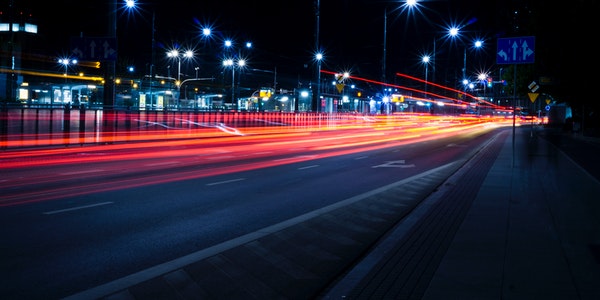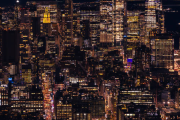Abstract:
Urban lighting energy-saving work has become an important part of building a sustainable national economic system and a resource-saving and environment-friendly society. In terms of lighting energy saving, lighting design is the core link to achieve energy saving, which must be attached great importance to. Many energy-saving measures and links are reflected in the design scheme. For example, under the premise of meeting the requirements of light intensity distribution and glare restrictions, choose lamps with good light distribution curves and high protection levels as much as possible. Combined with reality, scientifically and rationally try new renewable energy sources. Implement scientific and rational energy-saving renovations on the roads that have been built.
1. Green Lighting, Energy Saving
(1) Grasp the design control key
A survey report found that many cities have serious excess illumination, which is a problem in the planning and design stage. We believe that the results achieved by “pollution first and then treatment” cannot be regarded as energy saving. The real energy saving should first meet the lighting design standards, and on this basis, adopt certain technical measures to achieve energy saving.
Lighting design is the core link to achieve energy saving and must be given great attention. Many energy-saving measures and links are reflected in the design scheme. Energy saving is not achieved simply by lowering lighting standards, but should be considered on the premise of ensuring that roads at all levels meet the corresponding lighting standards.
Therefore, the “Urban Road Lighting Design Standards” must be strictly implemented in the design, and the lighting standard value should be reasonably selected according to the requirements and characteristics of the illuminated place.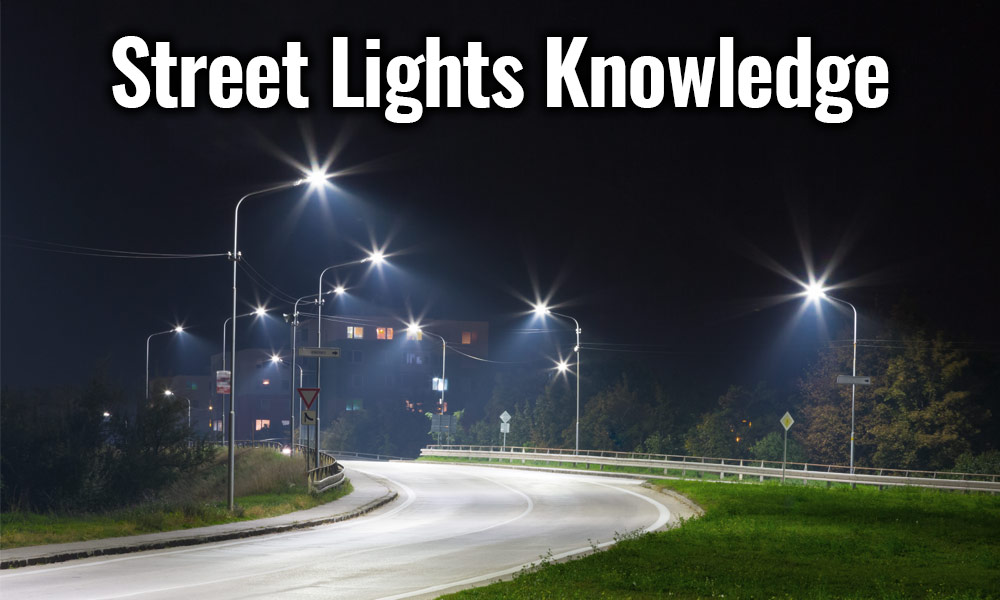
(2) Grasp the energy-saving key of material selection
Under the premise of meeting the requirements of light intensity distribution and glare limitation, choose lamps with good light distribution curve and high protection level as much as possible. For example: the efficiency of the lamp is 70%, and the protection level is IP65. Improve maintenance factor and reduce light loss. Although the one-time investment of high-efficiency and high-quality lamps and electrical appliances is relatively large, its economic and social benefits will be reflected in the later operation.
For example, in a road lighting project, the road width is in the form of a board section. The width of the road is 18 meters, the lights are symmetrically arranged, and the distance between the street lights is 35 meters. High-efficiency lamps are used, and 150W high-pressure sodium lamps are installed. In the 12 years of operation, the maintenance workload is very small, and the lamp efficiency and light distribution are relatively ideal. In July 2010, the measured average illuminance of this road section reached 28LX, the uniformity was 0.38, and the LPD value was only 0.52W/m2. All indicators reflect the excellent quality of the lamps.
In other parts of the road, although the light source is 250W high-pressure sodium lamps, due to the use of relatively common lamps, the efficiency of the lamps is reduced after 10 years of operation, the road is dim, and the lighting effect is poor, which has been eliminated in 2011.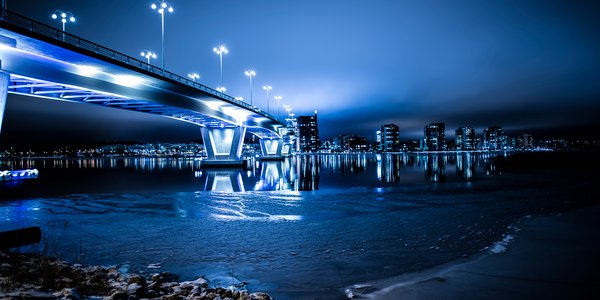
(3) Try new renewable energy
At present, all countries in the world are facing energy challenges and the damage to the ecological environment caused by excessive consumption. In the urban lighting work, there is an urgent need to vigorously promote the use of new and environmentally friendly green lighting products.
The utilization of a new generation of energy-saving light sources such as solar energy and wind energy is in line with the harmonious development of man and nature, and can achieve zero energy consumption. Europe and Asia have carried out some studies and attempts in a planned way, and believe that renewable energy is more suitable for use in the following occasions:
Use solar garden lights, column lights, lawn lights and other landscape lights on the green space of the square. Due to the relatively low functional requirements for the lighting of the green space of the square, even if it is rainy continuously and occasionally not bright, it will not have much impact on traffic safety and pedestrians.
In places with abundant wind resources, try to use solar and wind energy complementary street lamps. For example, the Olympic Sailing Center uses wind energy street lights, which is a successful case of using renewable energy to solve road lighting. However, it should be noted that due to the limited storage capacity of solar energy and wind energy at present, only low-power light sources can be provided for lighting. In addition, due to the influence of the objective environment and its own technical limitations, it is not suitable for use on the main and secondary roads of the city for the time being.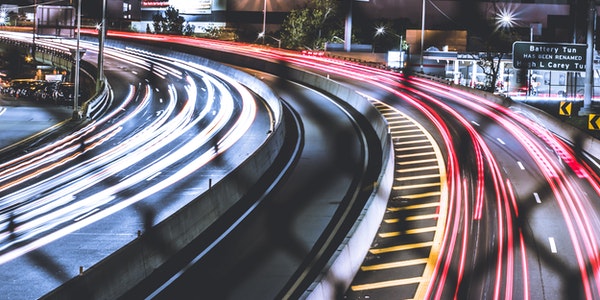
2. Implement Scientific and Reasonable Energy-saving Measures
(1) Install variable power ballast
Consider installing variable power ballasts when designing road lighting. In the second half of the night, when the power is reduced, the power saving effect is obvious and the operation is stable. And the installation of variable power ballasts for the already built road lights also has great potential for saving electricity.
(2) Reduce the output voltage of the special transformer
Through the measurement of the output voltage of the special transformer, it is found that the power supply voltage on many roads is generally high. Some output voltages are as high as 240V, which not only wastes energy but also shortens the life of light source appliances. Since the lighting power source is taken from the public power supply network, the voltage of the power grid is often very high in the middle of the night, resulting in energy waste and damage to the light source electrical appliances.
In response to this situation, on the one hand, we can adjust the output voltage of the public transformer, and on the other hand, we can install an intelligent voltage regulation device next to the street light control box to stabilize the lighting power supply at the rated voltage or slightly lower than the rated voltage to save electricity. 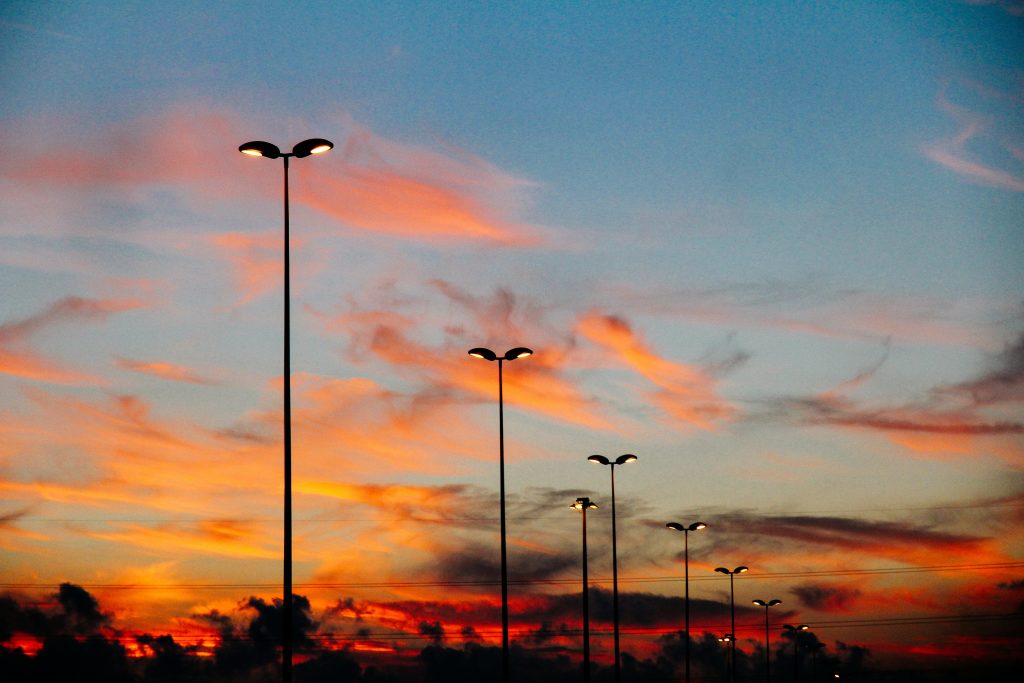
(3) Regular maintenance of the light source to improve the luminous efficiency
Making maintenance plans, regularly cleaning lamps, replacing failed light sources, and improving luminous efficiency are also effective energy-saving measures, but they are often overlooked by us.
In road lighting design, the maintenance factor is calculated as 0.7 (lamp protection grade > IP54). After running for a period of time, due to the intrusion of dust and small insects into the lamp, the lampshade turns yellow and ages, which reduces the luminous efficiency of the lamp. The luminous flux generated by the light source cannot be completely illuminated on the road, resulting in a waste of energy.
In addition, the service life of the light source is also time-limited. For example, Philips high pressure sodium lamps have a service life of about 24,000 hours. Even if it is still bright after 24,000 hours of ignition, the luminous flux decreases significantly due to serious light decay. It consumes the same amount of electricity, but cannot produce the lighting effect required for road lighting. Therefore, when the lamps and light sources reach the service life, the corresponding facilities should be replaced in time.
In addition, the Urban Lighting Management Office also saves energy by turning off the lights in the middle of the night in advance, turning off the midnight lights in some sections, and turning off the whole row of all-night lights in some sections, and also achieved good energy-saving effects.
3. Implement energy-saving renovation of landscape lighting
With the rapid development of semiconductor material application technology, LED light sources are becoming more and more mature in the use of landscape lighting, and have high luminous efficiency, low power consumption, long life, high stability, pure light color, good safety, and strong controllability. many advantages.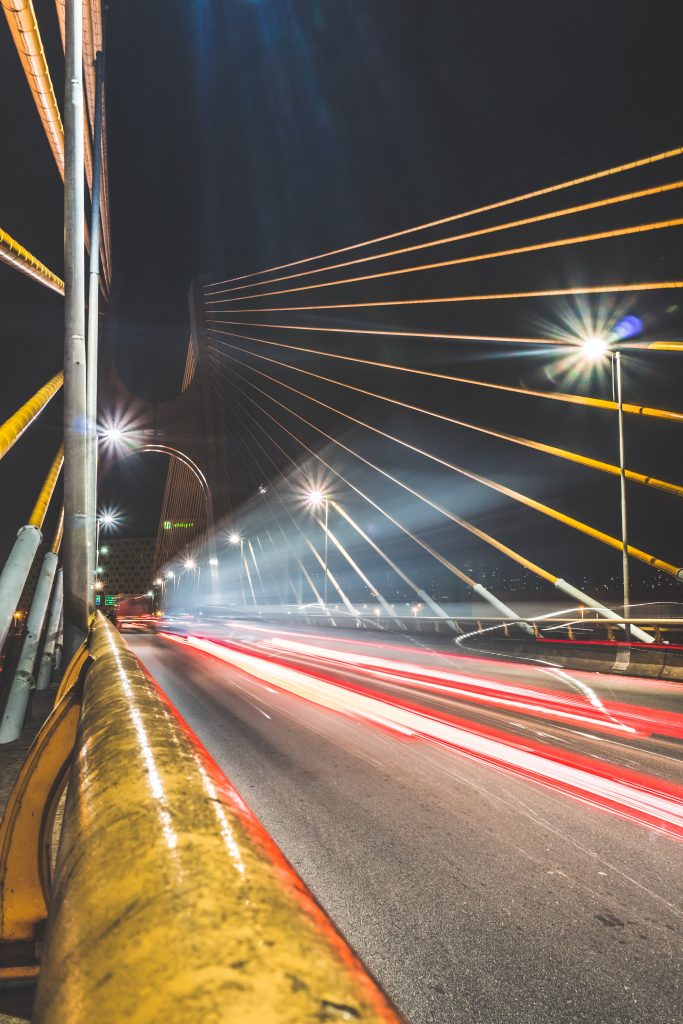
In recent years, many cities in the world have widely used landscape lighting, such as river lighting, bridge lighting, park lighting, etc. In particular, there are a large number of river lighting landscape lights, and energy saving work is promising. In recent years, LED light strips have been basically used to replace the original T5 tubes along the river banks, and LED-PAR lamps have been used to replace the original incandescent or energy-saving light sources on the bridge railing posts. The side of the bridge adopts LED curtain wall blocks to achieve the effect of dynamic change.
Through investigation, we learned that the lifespan of the original floodlights illuminating the roof of the building is almost the same. When replacing, we can consider using some LED floodlights or LED wall washers for alternative attempts.
In addition to power saving, there are two major advantages: First, because the product does not contain a ballast, it can achieve a smaller size and make the lamps easy to conceal. Second, due to its long service life, it can greatly reduce maintenance when used in higher building lighting.
With the continuous maturity of LED products and the continuous expansion of market share, the price of its products will inevitably continue to decline, becoming a cost-effective landscape lighting product.

